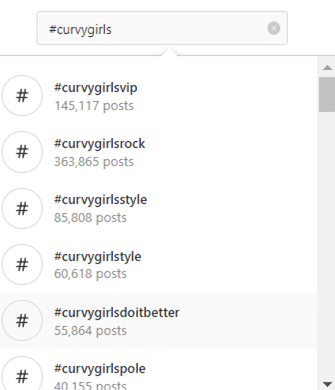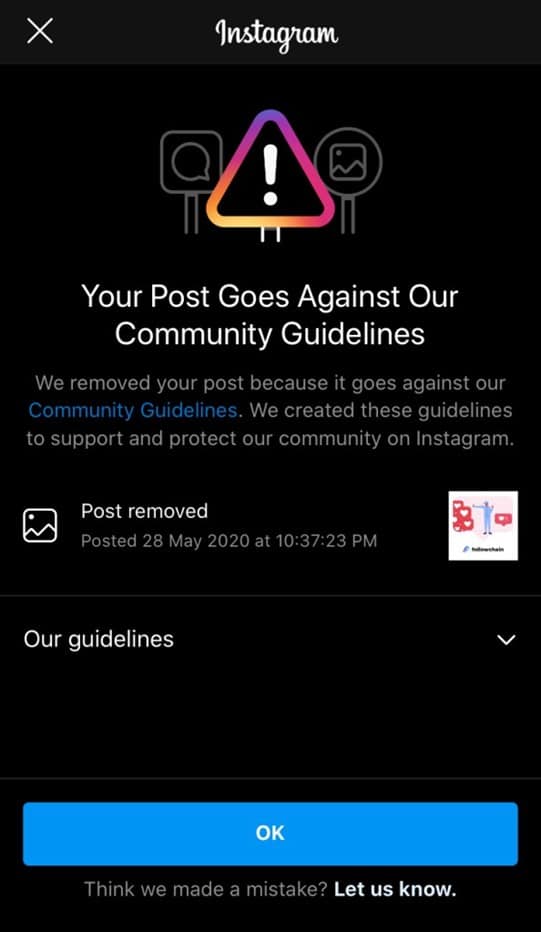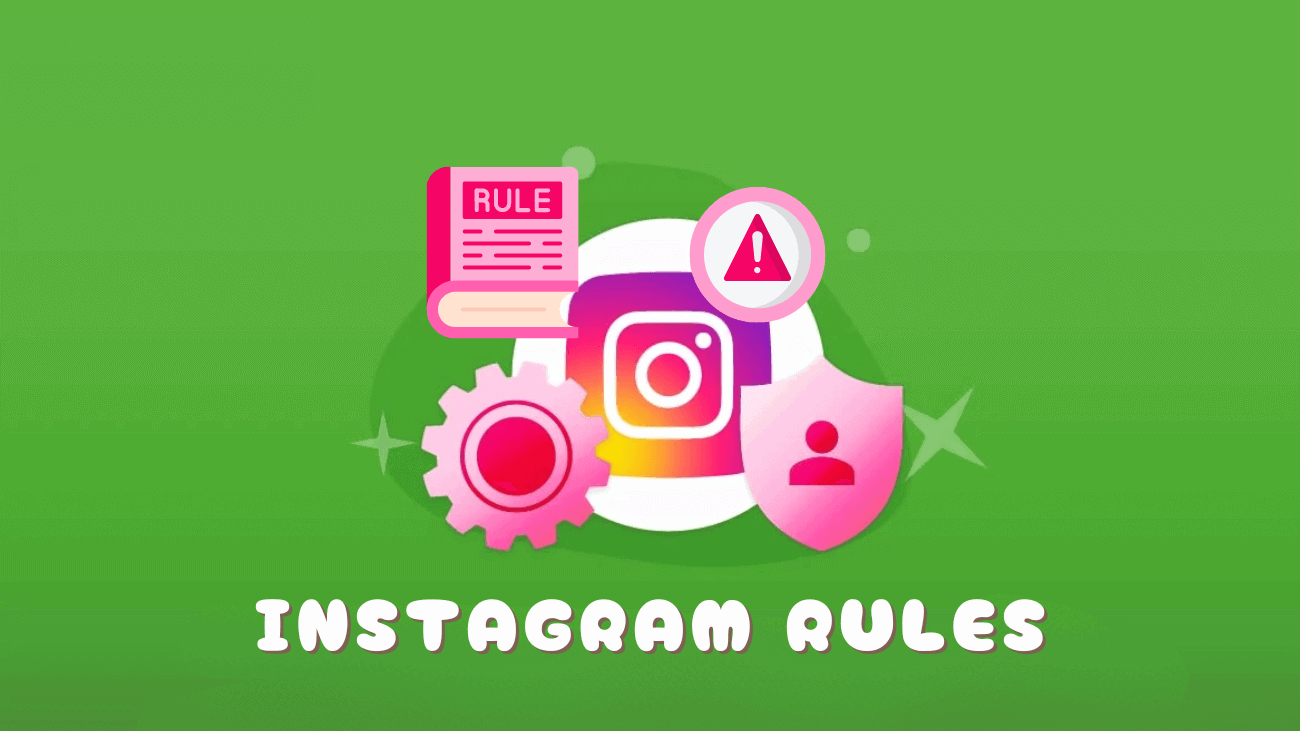Over the past few years, many of us have found ourselves spending a lot more time at home. However, I highly doubt you were ever bored enough to sit down and read through the Instagram rules. Have you ever taken the time to go through the Instagram terms and conditions?
Instagram enforces some strict rules, and if you happen to break them, your page, ad account, or even both could end up suspended.
Let’s take a closer look at the important Instagram rules that you should be aware of.
1. Use Only Reliable Third-Party Posting Apps
Let’s start with the fundamentals. If you’re employing a third-party tool for Instagram posting, it must be a trusted one. By “trusted,” I’m referring to a leading service provider highly praised by seasoned customers with numerous positive reviews.
You can utilize a reliable third-party app such as Build My Plays which cares about doing things the right way and making customers happy. We help you get more likes, shares, and views on your posts while keeping your account safe. Unlike some other companies that might use fake accounts or bots, Build My Plays follows the rules of social media carefully.
We also promise to keep your followers, give you your money back if you’re not happy, and offer refunds. With these promises, you can trust Build My Plays and feel safe using their services. We know it’s important to protect your online reputation while helping you reach your goals on social media.
But that’s not all. There are other apps you might unknowingly be using that violate Instagram rules. Remember, being caught could lead to a ban on your brand.
2. Avoid Utilizing Banned Hashtags
Not all hashtags on Instagram are safe to use. If you use one of the banned hashtags, you could get into trouble, and not knowing about them won’t excuse you.
Instagram keeps a list of hashtags they don’t want people using. If you use any of these hashtags in your post’s caption, Instagram will limit your post’s visibility. It won’t show up in your followers’ feeds, and they won’t be searchable either.
These banned hashtags are usually linked to unwanted content like drugs, pornography, or trophy hunting. Some of them might surprise you. For instance, banned hashtags include #besties, #bikinibody, #kissing, #singlelife, #teens, #parties, #petite, #pornfood, #prettygirl, #pushups, and many others.

To check if a hashtag is banned, simply search for it. For example, if you search for #curvygirls, it won’t show up in the results (although other similar variations might!).
Tips:
Avoid getting shadowbanned by researching your hashtags thoroughly. Make sure they’re relevant to your audience and don’t have any hidden meanings you’re unaware of, like urban dictionary slang or emojis. Using such hashtags repeatedly could lead to shadowbanning.
Shadowbanning occurs when accounts, posts, or hashtags are blocked without the user’s knowledge. This means their content becomes invisible to users who don’t follow them, and sometimes even their own followers can’t see their posts.
Instagram doesn’t provide a list of banned hashtags, and it changes frequently. So, if you’ve compiled a list of hashtags for your brand, it’s wise to search each one to check if they’re banned. Remove any banned hashtags from your list.
Also, vary your hashtags for different posts. Using the same set of hashtags repeatedly might make Instagram think you’re a bot or a fake account.
3. Prevent Acting Like a Bot
Instagram values authentic human engagement and can identify bot-like behavior on the platform. Even if you’re not using bots, certain actions might make you appear like one!
Here are some behaviors that can cause problems for your account:
- Following and unfollowing more than 60 people per hour
- Liking over 300 posts per hour
- Commenting on more than 60 posts per hour
- Copying and pasting the same comment on multiple posts
- Posting images or videos that violate copyright rules
- Tagging people repeatedly who shouldn’t be tagged in your posts
- Sending unsolicited sales messages to users who aren’t your followers
- Uploading low-quality, pixelated images or videos
If you’re new to Instagram, your daily activity limit is 500 actions, including likes, comments, follows, and unfollows. You can also send 20 to 50 direct messages per day.
In essence, strive to be a responsible member of the community. These guidelines apply across various social media platforms, so it’s crucial to avoid engaging in these activities. (Seriously, stop it!)
4. Take Care Not to Spread False Information
Are fact-checkers acting as thought police? Why can’t you express your true opinions?
The reality is, that Instagram might not be the best platform for contentious debates. And if it is, it’s best to avoid using your brand’s page for such discussions.

Instagram has strict policies regarding misinformation:
- Users may not be able to tag or mention accounts that repeatedly share false information.
- If someone tries to follow a flagged account, they’ll receive a warning about its history of posting false information.
- Posts from accounts that repeatedly share false information may become harder to find.
- Ultimately, Instagram may disable accounts that violate Community Guidelines by spreading misinformation.
In short, if Instagram believes you’re spreading misinformation, they won’t hesitate to take action. This policy is consistent across other major social media platforms as well.
5. Respect Instagram Content Guidelines
Hosting an Instagram promotion or contest can be an exciting way to grow your followers and boost engagement. However, it’s essential to play by the rules before getting started.
As the organizer, you’re responsible for ensuring that your contest complies with all relevant government regulations and prize laws. For example, if you’re running a contest related to craft beer, it’s up to you to verify that participants are of legal drinking age. Instagram places the responsibility firmly on your shoulders to ensure compliance.
6. Be Aware of Instagram’s Prohibited Content
Before diving into the advertising guidelines, let’s review the types of content prohibited on Instagram. These include:
1. Sale or promotion of firearms
2. Sale or promotion of alcohol
3. Online gambling
4. Sexual content
5. Hate speech
6. Sale or promotion of tobacco
7. Illegal prescription drugs
8. Sale of live animals
9. Financial products promising wealth
10. Blackmailing or harassment
11. Threats of harm
12. Discussions about self-harm
13. Promotion of eating disorders
14. Unrealistic body images
15. Depiction of violence
Posting any of this content may result in consequences such as removal or flagging. Keep in mind that Instagram’s enforcement can sometimes be flawed, leading to legitimate content being flagged erroneously.

Factors influencing Instagram’s strictness include the age of your account, your follower count, engagement levels, and activity. It’s advisable to adhere to the guidelines to prevent issues, as these rules apply to both images and text.
7. Correctly Distribute Other People’s Content
In the realm of social media, sharing others’ content is common practice. However, there are guidelines to follow. When you create original content, you automatically hold copyright, granting you specific rights. Copyright infringement happens when someone uses your work without permission.
Copyright applies to various forms of creative works, including visual, audio, and written content. While it’s acceptable to interact with and share posts on Instagram, certain actions are off-limits:
1. Claiming others’ work as your own.
2. Using images from Google without proper licensing.
3. Taking credit for someone else’s writing or video.
4. Falsely presenting ownership of a product in a photo.
5. Using someone’s soundtrack without the necessary rights.
Before posting on Instagram, consider:
1. Did I create all the content myself?
2. Do I have permission to use all included content?
3. Does my use of content adhere to copyright exceptions?
Conclusion
If you’re managing Instagram accounts for your brand or multiple brands as an agency, understanding the platform’s key rules is crucial. It’s better to prevent issues like blocked ad accounts than to deal with them after the fact.

